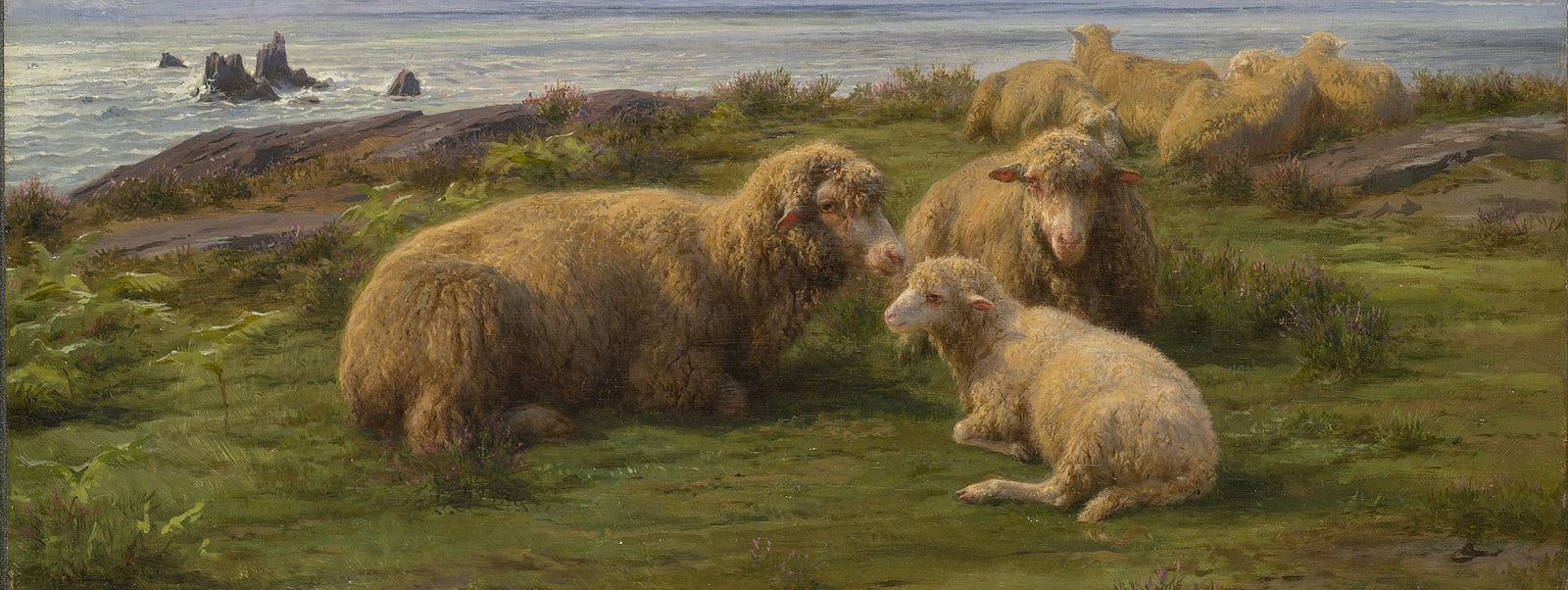Step 1: Shearing The Sheep
If you don’t have any sheep you won’t have any wool. The first, and obvious step, in processing wool is to shear some sheep. Sheep are typically sheared once or twice a year depending on the breed. In our case we only use the first cut of lamb’s wool. This wool is the softest and makes for the best pillow consistency. An important side note on shearing sheep is that they need to be sheared. Because of how sheep have been bred it’s now necessary that sheep get sheared or else they could suffer from conditions like fly strike or wool blindness.
Step 2: Cleaning The Wool
Once the wool has been sheared it needs to be cleaned. There is a lot of debris and impurities in fresh wool so it goes through a soapy bath. For our wool we only use organic soap and large metal teeth that move the wool back and forth shaking loose the dirt. This process will also remove some of the lanolin (natural oils from the sheep). It’s important not to wash the wool roughly otherwise the fibers will get all messed up or break. The final step is to put the wool into a centrifuge-type machine and spray it with water. At this point the wool should be pretty clean but this final step helps remove any dirt that make it through the first step.
Step 3: Drying The Wool
After the wool has been washed it gets put into a large dryer and heated. As a side note, a lot of people use wool dryer balls because they help reduce the time you need to dry clothes and remove static and soften clothes. Wool is great for so much!
Step 4: Combing and Connecting the Wool
This step is where the magic happens. The wool goes through a large machine and the fibers are combed and aligned. Knots and tangles are removed. The goal is to have a smooth uniform structure of the wool strands so it can later be cut and used in a pillow. At this stage the wool is also passed through a series of rollers to further unify the wool. Finally the wool is cut and inserted into a pillow. Note how nowhere in this process are toxic chemicals being used. Not for flame retardants, not for fillers, nor for anything else. Unlike a lot of counterpart pillows wool needs no additives.
Watch our recent youtube video here -

 Back to Blog
Back to Blog